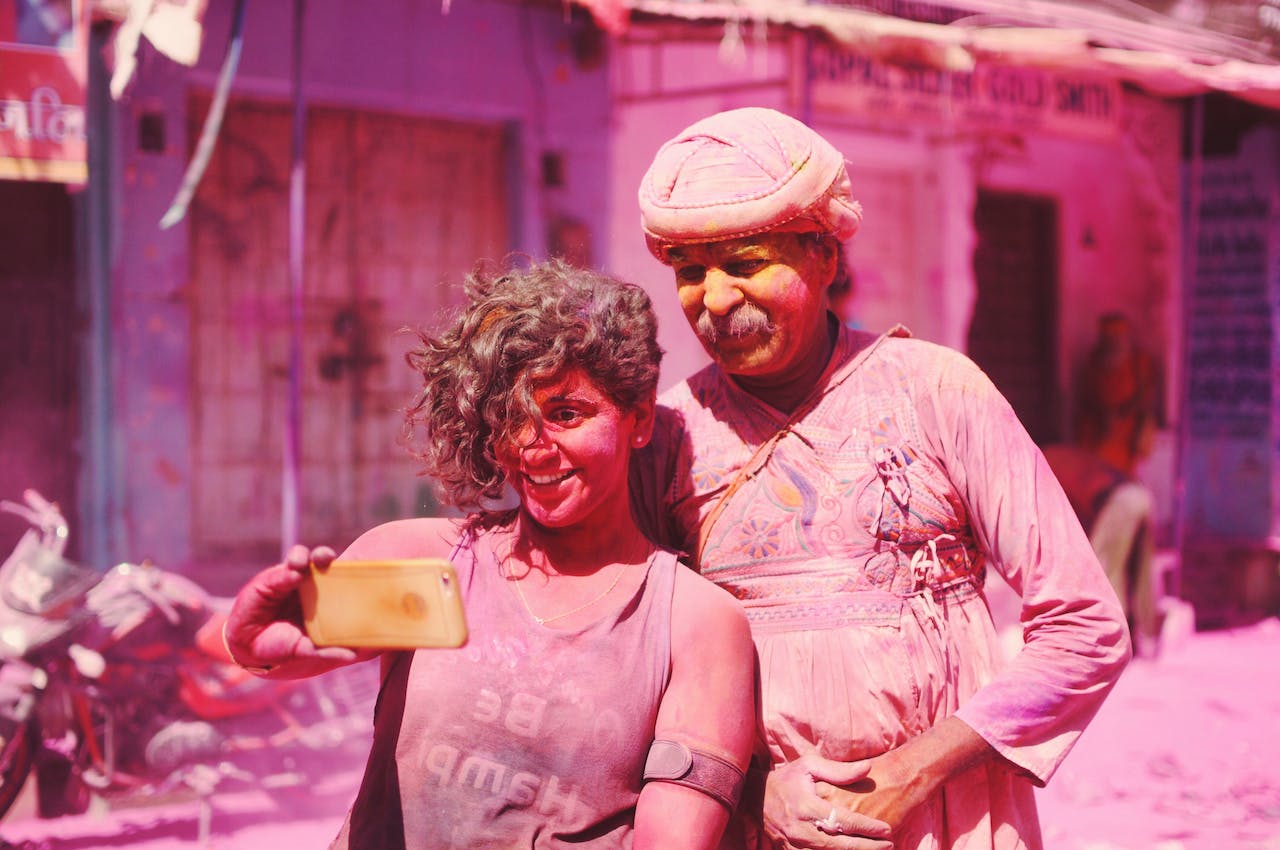
Introduction:
In every corner of the world, people come together to celebrate unique festivals and traditions that reflect their culture, history, and shared values. These events weave a tapestry of diversity, showcasing the richness of human experiences. Let’s embark on a fascinating journey to unravel the captivating stories behind some of the world’s most famous festivals and traditions, where vibrant colors, rhythmic dances, and joyful festivities abound.
1. Diwali – India’s Festival of Lights:
Diwali, also known as Deepavali, is a dazzling celebration that holds a special place in the hearts of millions in India and beyond. Rooted in Hindu mythology, Diwali signifies the triumph of light over darkness and good over evil. Families illuminate their homes with oil lamps, exchange sweets, and burst colorful fireworks to symbolize the victory of light.
Beyond its religious significance, Diwali is a time for family reunions and the renewal of friendships. People clean and decorate their homes, preparing for the arrival of Lakshmi, the goddess of wealth. The festival’s radiant spirit has transcended religious boundaries, with people of various faiths participating in the joyous celebrations.
2. Carnival – Brazil’s Samba Extravaganza:
Carnival in Brazil is a spectacle of music, dance, and vibrant costumes that captivates the world. Rooted in both African and European traditions, this lively festival takes place in the days leading up to Lent, a period of fasting and reflection in the Christian calendar. Carnival, with its pulsating samba beats, flamboyant parades, and elaborate masks, is a time for revelry and self-expression.
The streets of Rio de Janeiro and other Brazilian cities come alive with colorful floats, samba schools, and enthusiastic dancers. Carnival is a celebration of diversity, embracing all walks of life, and creating an atmosphere of pure joy. It has become an iconic representation of Brazil’s exuberant spirit and cultural vitality.
3. Chinese New Year – The Spring Festival:
Also known as the Spring Festival, Chinese New Year is a momentous occasion marked by a rich tapestry of customs and traditions. The festival, rooted in ancient mythology and astrology, marks the beginning of the lunar new year. Each year is associated with one of the twelve zodiac animals, and festivities vary across regions and communities.
Families gather for reunion dinners, exchange red envelopes containing money for good luck, and participate in dragon and lion dances. The festival’s climax is marked by spectacular firework displays, symbolizing the warding off of evil spirits. Chinese New Year is a time for renewal, reflection, and the strengthening of family bonds.
4. Oktoberfest – Germany’s Beer Extravaganza:
Originating in Munich, Germany, Oktoberfest has become a global celebration of Bavarian culture, marked by traditional food, lively music, and, of course, copious amounts of beer. The festival traces its roots back to the early 19th century when Bavarian Crown Prince Ludwig married Princess Therese. The citizens of Munich were invited to celebrate the royal union, giving birth to Oktoberfest.
Over the years, the festival has evolved into a 16–18 day extravaganza, attracting millions of visitors from around the world. Visitors enjoy traditional Bavarian dishes, lively folk music, and the clinking of beer steins. Oktoberfest is a celebration of community, camaraderie, and the joy of life.
5. Day of the Dead – Mexico’s Honoring of Ancestors:
Dia de los Muertos, or Day of the Dead, is a vibrant Mexican tradition that honors deceased loved ones. Celebrated from October 31st to November 2nd, the festival intertwines indigenous Aztec rituals with Catholicism, creating a unique blend of spiritual and cultural significance.
Families create elaborate ofrendas (altars) adorned with photographs, favorite foods, and mementos of the departed. The fragrance of marigold flowers fills the air as people gather in cemeteries to celebrate the lives of those who have passed away. Dia de los Muertos is a celebration of life and death, a testament to the Mexican belief that death is not an end but a continuation of the journey.
6. Holi – India’s Festival of Colors:
Holi, often referred to as the Festival of Colors, is a lively and exuberant celebration in India. Rooted in Hindu mythology, particularly the playful love story of Radha and Krishna, Holi marks the arrival of spring and the victory of good over evil.
The highlight of Holi is the throwing of colored powders and water, symbolizing the breaking down of social barriers and the celebration of unity. Friends and strangers alike join in the revelry, dancing to the beat of traditional music. Holi is a joyous occasion that transcends age, gender, and social status, bringing communities together in a riot of colors and laughter.
7. Hanami – Japan’s Cherry Blossom Festival:
Hanami, meaning “flower viewing,” is an enchanting tradition in Japan that celebrates the ephemeral beauty of cherry blossoms. Typically occurring in April, people gather in parks to appreciate the fleeting splendor of cherry blossoms, symbolizing the transience of life.
Families and friends enjoy picnics beneath the blooming cherry trees, partaking in traditional Japanese foods and drinks. The festival has deep cultural roots, dating back to the eighth century when it was associated with the aristocracy. Today, Hanami has become a cherished national pastime, fostering a sense of awe and appreciation for nature’s fleeting wonders.
Conclusion:
Festivals and traditions are the threads that bind communities, weaving a vibrant tapestry of shared experiences. The stories behind these celebrations reveal the depth of human history, cultural diversity, and the universal desire for connection. As we revel in the festivities of these famous global events, let us appreciate the beauty that arises when people come together to celebrate their unique heritage, fostering a global tapestry that is both rich and harmonious.